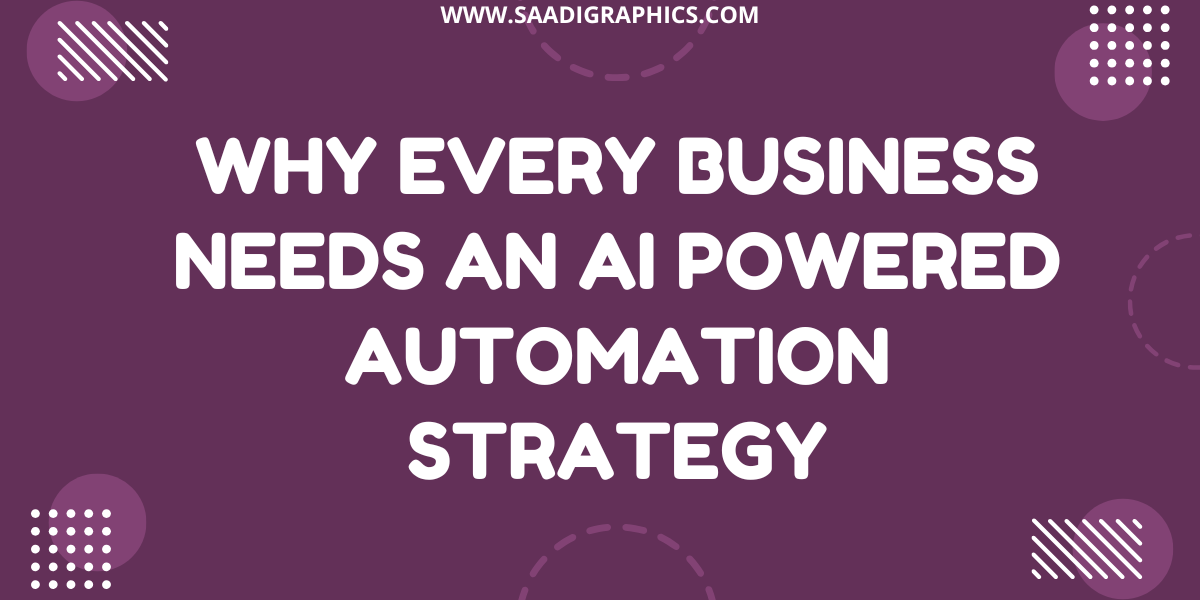Disrupt Everything: The Hidden Cost of Tech 2025
A Love Letter to Chaos — Or a Warning?
Remember when “disruption” was a shiny buzzword on every startup pitch deck? Move fast, break things, pivot till you drop — that was the gospel. But here we are, 2025, neck-deep in the fallout. And you’ve got to ask yourself: at what cost?
This is a story about tech’s double edge. A story about how every breakthrough brings a backdraft. About how that new shiny tool might make your business soar — or nuke it from the inside out when you’re not looking.
So, buckle in. Let’s crack open the box of wonders. And a few skeletons, too.

How Did We Get So Hooked on Disruption?
A quick detour — the “move fast” cult didn’t come out of thin air. The early 2000s gave us Google. Facebook. Amazon’s cloud. The gold rush for scale. Every founder wanted to be the next unicorn, riding VC cash like there was no tomorrow.
“Disrupt or die.” That was the mantra.
And sure, we did get good stuff — telemedicine, streaming, social connection, smart homes. But under the hood? A hidden invoice. Environmental strain. Privacy leaks. Social burnout. Burnt-out devs. Trust eroded like cheap tech.
The Good News First: Tech Still Rocks
Don’t get me wrong — disruption built miracles. Let’s give it some credit:
-
Healthcare at Your Fingertips — From remote surgery tech to real-time patient data. That’s not sci-fi. That’s your next checkup.
-
AI Power Tools — Creative pros have Midjourney. Coders have Copilot. Marketing teams have data dashboards that would make Mad Men weep.
-
Work From Anywhere — The office? Optional. Your team might be in Peshawar, Paris, and Pasadena — all shipping code while you sleep.
Efficiency. Access. Reach. We can’t live without it now.
But Here’s the Dirty Secret: It’s Not Free
Progress never is. And 2025 is the year we’re really feeling the pinch.
📉 1. Mental Overload
Every app promises simplicity — until your phone pings 42 times while you’re brushing your teeth. Always connected. Always reachable. Always working.
A study last year showed remote workers clock 13% more hours than they did in-office. Flexibility? Sure. But burnout’s the hidden tax.

⚠️ 2. Privacy on Fire
Your data’s the new gold. AI can do amazing things, but it needs your digital skeleton to learn. Shopping habits. Late-night searches. Location trails.
One sloppy API or unsecured cloud bucket — boom. 5 million user records dumped on the dark web by breakfast. I know a dev who left S3 wide open once. Never heard the end of it.
💣 3. Environmental Punch
Here’s a number: training a tech large language model can pump out CO₂ equivalent to five cars running for their entire lifetime. All those “clean” data centers? Not so squeaky clean when you peek at the energy bill.
Green AI? Good luck. It’s a work in progress — but right now, disruption eats watts for breakfast.
💀 4. Economic Whiplash
Automation. Outsourcing. Gig platforms. For every shiny “freedom economy” story, there’s a warehouse worker fighting an algorithm that cuts shifts without warning. Or a freelance designer bidding pennies to compete with AI art.
The market loves cheap labor. Humans, less so.
When Disruption Turns on You
It’s not just an abstract “society” problem. Ask any business owner who thought digital transformation was plug-and-play.
You slap on an AI tool. It works. But did you think about bias in the training data? Did your devs audit the pipeline?
One accidental data leak or an AI hallucination baked into production — your reputation’s toast. Customers bounce. Regulators come knocking. Fines hit six digits.
Not ideal.

A Little Anecdote
A client of mine — let’s call him Haroon — ran a boutique travel startup. COVID forced him online. Great, right? Cloud bookings, chatbots, automated itineraries. Disrupt everything!
Until the AI chatbot double-booked 70 families for the tech week. Refunds drained six months of runway. Guess who’s back to manual checks?
Disrupt carefully, folks.
5 Hidden Costs Nobody Likes to Admit
So, if you’re counting, here’s the real invoice for “disrupt everything” in 2025:
-
Mental exhaustion that kills creativity.
-
Privacy trade-offs you can’t claw back.
-
Environmental weight no one wants to pay for.
-
Economic pressure squeezing the vulnerable.
-
Complexity creep — the more tools, the more ways to fail.
So, Do We Stop? Not Quite.
You can’t unplug. That ship sailed. But you can steer it better. A few smart moves to ride the wave without drowning in the undertow:
🛠️ 1. Be Intentional
Don’t adopt shiny tools just because your competitor does. Audit your stack. Will it really make you faster? Safer? More resilient? Or just… fancier?
🔒 2. Privacy by Design
Encrypt everything. Educate your team. Use good auth. tech store data you don’t need. And please, for the love of all that’s secure — don’t hardcode credentials in your repo. Seen it. Not pretty.
⚡ 3. Automate the Boring, Not the Critical
Let AI handle tedious stuff — reports, scheduling, template code. But trust your humans with the calls that need empathy and judgment. Machines hallucinate. People fix hallucinations.tech
♻️ 4. Track Your Carbon
If you’re tech big models or spinning up huge cloud infra, offset where you can. Pick providers with green data centers. Tiny step? Maybe. But you’ll sleep better.
🤝 5. Disrupt with Empathy
Tech without humans is just cold math. If you’re gutting your workforce for automation, ask: what happens next? Retrain people. Give them new roles. Don’t leave them out in the cold.
2025: Still Worth It?
If you’ve read this far, maybe you’re wondering — is it all doom? Nah. But it’s not a free lunch, either. Tech can heal or harm. Speed up or suffocate.
Every disruptive leap needs someone riding shotgun with the brakes in hand. Maybe that’s you. CTO. Founder. Builder.
A Final Word
“Disrupt everything.” Still sexy. Still dangerous. Just remember: the hidden cost is real. But so’s the potential if you wield it wisely.
So, next time you plug in that new tool, ask yourself — does this make things better for your team? Your customers? Or just noisier?
Because in the end, the real innovation is knowing when to say no.



